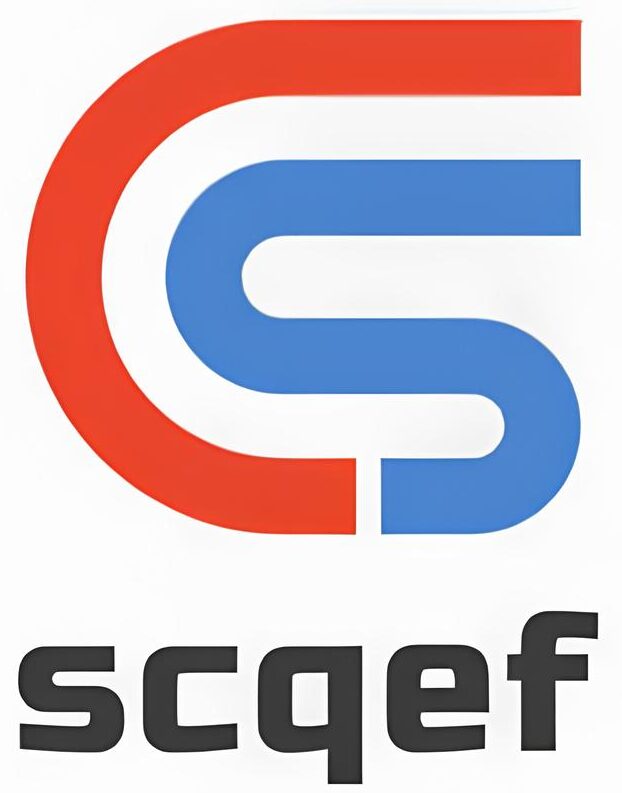
Introduction
Overview of the Insurance Industry in Lithuania
Lithuania’s insurance industry has witnessed significant growth and diversification in recent years, primarily fueled by economic development and consumer awareness. With around 37 companies actively operating, the landscape is both competitive and vibrant. Key players like ERGO dominate the market by offering a comprehensive range of products, including:
- Non-life insurance
- Life insurance
- Health insurance
This robust industry structure ensures that Lithuanians have access to various insurance options tailored to their needs.
Importance of Insurance for Individuals and Businesses in Lithuania
Insurance in Lithuania plays a crucial role in safeguarding individuals and businesses alike. For individuals, it provides peace of mind against unforeseen events, such as accidents or health issues. Businesses benefit by mitigating risks that could jeopardize their operations.
Here’s why insurance matters:
- Financial Security: Protects assets and savings.
- Legal Compliance: Necessary for various sectors to meet regulatory requirements.
- Risk Management: A vital tool for businesses to manage potential losses effectively.
By investing in insurance, both individuals and businesses solidify their foundations for future stability and growth.
Top Insurance Companies in Lithuania
Company A: Market Share and Offered Insurance Types
Among the top players in the Lithuanian insurance market is Lietuvos draudimas, the largest and most experienced company in the Baltic states. Managing over one-third of the non-life insurance market, it serves approximately 0.5 million customers annually. It offers a variety of services, including:
- Property insurance
- Liability insurance
- Vehicle insurance
This wide range positions Lietuvos draudimas as a reliable choice for individuals and businesses alike.
Company B: Financial Strength and Customer Satisfaction
Next in line is ERGO, renowned for its robust financial stability and impressive customer satisfaction rates. With about 90% of claims processed digitally and an annual damage indemnity of EUR 79.6 million, it clearly demonstrates financial prowess. Customers appreciate their approachability, as reflected in the fact that 9 out of 10 clients recommend ERGO’s services based on high satisfaction surveys over several years.
Company C: Unique Selling Points and Services Provided
Compensa Vienna Insurance Group stands out with its unique focus on comprehensive coverage options. They offer specialized services such as deposit and investment insurance, catering to individual needs and preferences. Furthermore, their commitment to customer support is notable, with numerous service centers available across Lithuania to assist clients effectively. By emphasizing client-centric solutions, Compensa fosters lasting relationships and boosts loyalty among its customer base.
Regulatory Environment for Insurance Companies in Lithuania
Licensing and Supervision by the Bank of Lithuania
The Bank of Lithuania plays a pivotal role in ensuring the transparency and stability of the insurance sector. It is responsible for granting licenses to insurance and reinsurance firms operating in the country. Companies must adhere to rigorous capital and solvency requirements to maintain their licenses, ensuring they have enough resources to meet claims.
Key Licensing Requirements:
- Evidence of financial stability.
- Compliance with operational standards.
- Minimum capital requirements based on the type of insurance offered.
Compliance with EU Insurance Regulations
Lithuanian insurance companies must also align with EU insurance regulations, which aim to harmonize practices and protect policyholders across member states. Regulations like Solvency II aim to enhance risk management and financial transparency.
Key Compliance Highlights:
- Adherence to capital adequacy standards.
- Reporting and governance regulations in line with EU directives.
This structured regulatory environment ensures that consumers receive reliable coverage while fostering trust in the insurance industry.
Trends and Innovations in the Lithuanian Insurance Market
Digital Transformation in Insurance Services
The Lithuanian insurance market is undergoing a significant shift towards digital transformation. Insurers are increasingly adopting digital platforms to enhance customer interactions and streamline processes. For example, many companies now offer online portals that allow customers to easily purchase policies, file claims, and manage their accounts, significantly improving the customer experience.
Key Benefits of Digital Transformation:
- Enhanced accessibility to insurance services.
- Reduction in processing time for claims.
- Personalized insurance offerings based on customer data.
Adoption of Insurtech Solutions
In addition to digital transformation, there is a growing trend towards insurtech solutions within Lithuania’s insurance landscape. Startups and established companies are leveraging technology to innovate products and services. Insurtech solutions focus on automating underwriting, improving risk assessment, and enhancing customer engagement.
Highlighted Trends in Insurtech:
- Use of AI and machine learning for personalized underwriting.
- Mobile apps for instant policy access and management.
- Advanced analytics to predict customer needs and enhance service delivery.
These innovations are not only making insurance more efficient but also driving growth in the sector, positioning Lithuania as a forward-thinking player in the insurance market.
Challenges Faced by Insurance Giants in Lithuania
Competition and Market Saturation
The Lithuanian insurance market is highly competitive, with numerous players vying for consumer attention. Lietuvos Draudimas, BTA, and ERGO are among the key insurers, making differentiation crucial. Market saturation is evident, leading to pressure on premiums and profitability. Companies must focus on innovation and customer service to maintain market share.
Key Strategies to Compete:
- Personalized insurance products.
- Enhanced digital customer experiences.
- Strategic partnerships, like coverage deals with local sports academies.
Regulatory Changes and Compliance Requirements
Navigating the evolving regulatory landscape also poses significant challenges. With stringent requirements from the Bank of Lithuania and compliance with EU regulations, insurers must continuously adapt. Keeping up with changes such as the implementation of Solvency II demands substantial investment in risk management and reporting systems.
Considerations for Insurers:
- Regular training to ensure staff compliance.
- Investment in technology to streamline reporting processes.
- Proactive engagement with regulatory bodies to stay ahead of changes.
These challenges underline the need for agility and strategic foresight to thrive in Lithuania’s dynamic insurance landscape.
Future Outlook for Insurance Giants in Lithuania
Growth Opportunities and Expansion Strategies
The Lithuanian insurance market is poised for growth, projected to reach a gross written premium of EUR 1.33 billion in 2025. Key players can capitalize on emerging trends by introducing tailored insurance products and enhancing customer experiences. For instance, the increasing demand for personalization can drive innovation in product offerings, particularly in health and property insurance.
Strategies for Growth:
- Focus on digital transformation and insurtech adoption.
- Develop personalized insurance solutions targeting diverse demographics.
- Engage in strategic partnerships to expand market reach.
Potential Impact of Economic Trends on the Insurance Sector
The Lithuanian economy’s growth is expected to positively influence the insurance sector. As disposable incomes rise, consumers are likely to invest more in insurance products, contributing to the anticipated CAGR of over 8% from 2024 to 2028. Additionally, regulatory changes and the focus on risk management will empower insurers to innovate further.
Key Economic Trends to Watch:
- Increased consumer awareness of insurance importance.
- Growing interest in cyber insurance amidst rising cyber threats.
- Demographic changes prompting demand for pension and health coverage.
These factors collectively position the insurance industry for continued success, inviting new opportunities for established firms and newcomers alike.
Conclusion
Recap of the Top Insurance Giants in Lithuania
In recap, Lithuania’s insurance market is led by formidable players, including Lietuvos Draudimas, BTA, ERGO Life Insurance, Compenda Life, and Gjensidige Group. With a gross written premium of EUR 1.4 billion ($1.6 billion) in 2023 and an expected growth rate of over 8%, these companies are well-positioned to capture increasing market demand.
Key Leaders:
- Lietuvos Draudimas: The largest insurer with a comprehensive product range.
- BTA: Known for its innovative policies.
- ERGO Life Insurance: Focusing on exceptional customer service.
Key Takeaways and Considerations for Consumers and Investors
Consumers should recognize the importance of selecting personalized insurance products tailored to their needs, particularly in the evolving landscape. Investors might consider the growth potential in the Lithuanian insurance market, driven by factors such as increasing disposable income and the rising importance of cyber insurance.
Key Considerations:
- Explore personalized offerings from leading insurers.
- Stay informed about emerging trends and regulatory changes.
- Leverage growth forecasts to identify investment opportunities.
By keeping these insights in mind, both consumers and investors can navigate the dynamic landscape of the Lithuanian insurance market more effectively.


